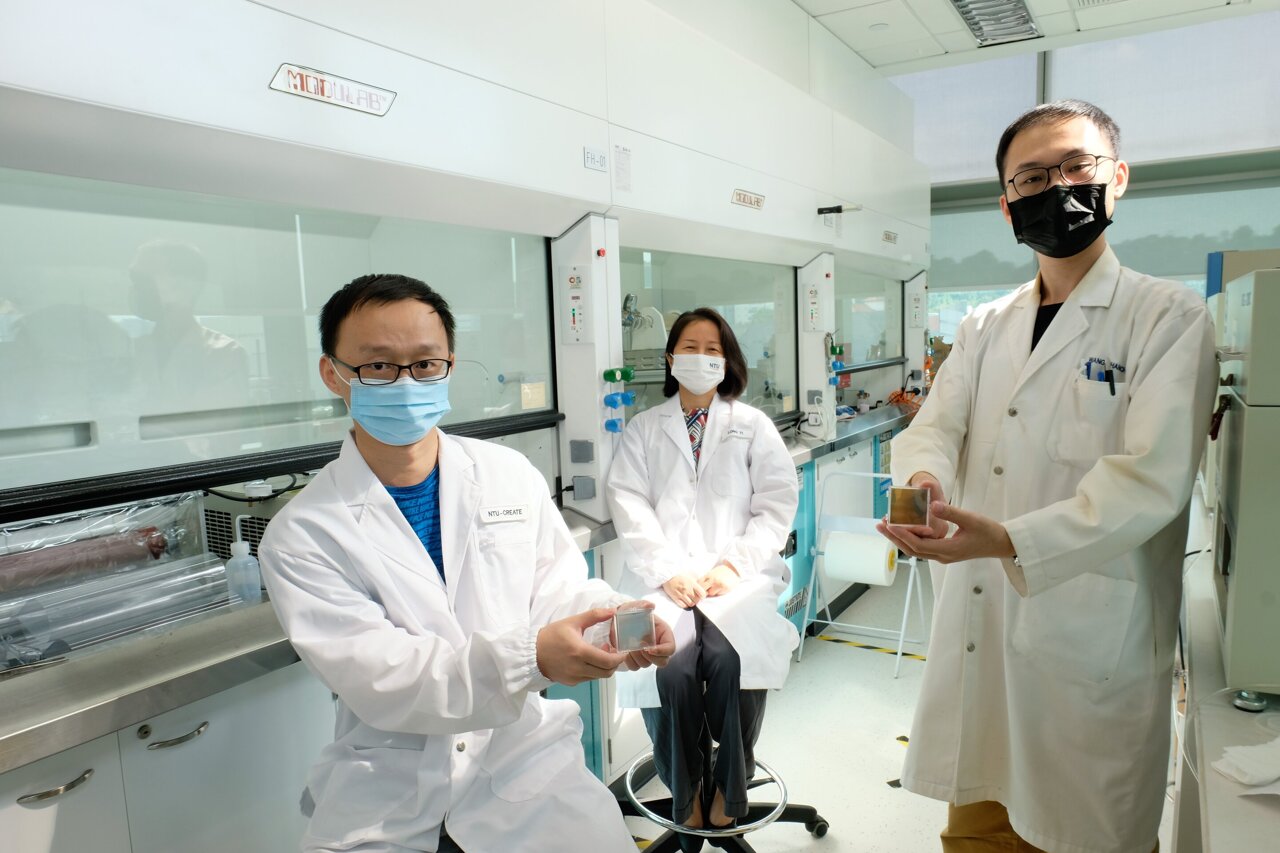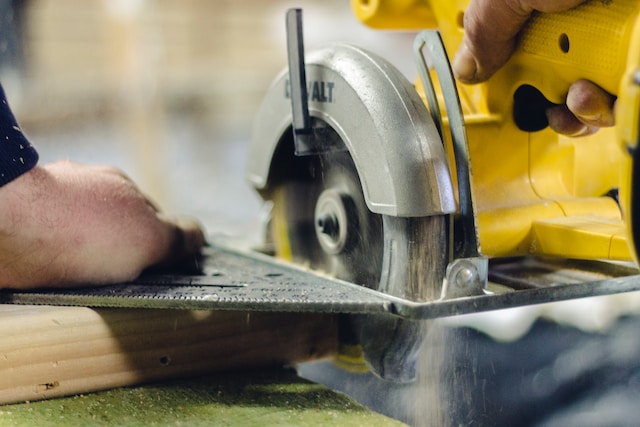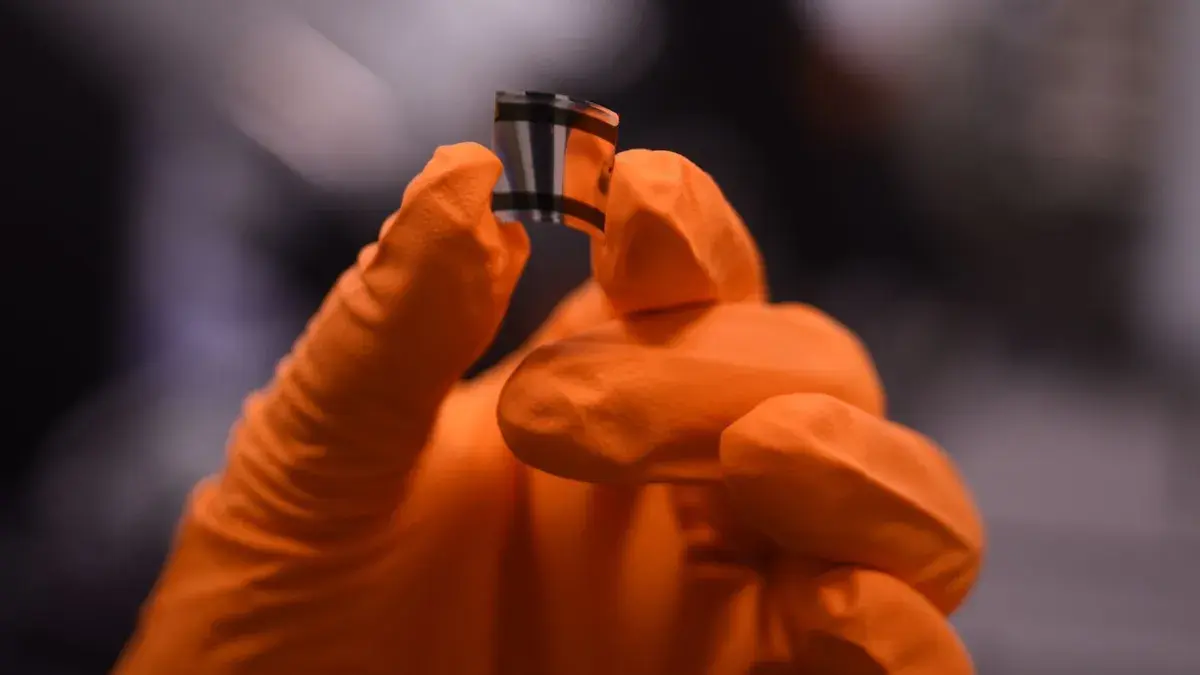Did you know windows are responsible for about 25-30% of the heat loss in a building energy use? So energy-efficient windows are an important consideration for both new and existing homes.
Researchers at Nanyang Technological University, Singapore (NTU Singapore) developed the self-adapting glass to reduce energy usage in buildings. The glass-coated by the special material made by NTU researchers automatically responds to changing temperatures by switching between heating or cooling.
Science behind:
The team explains that it does not have any electrical components. But it works by exploiting the spectrum of light responsible for heating and cooling. The glass was coated with the layers of vanadium dioxide nanoparticles composite, poly(methyl methacrylate) (PMMA), and a low-emissivity coating.
In summers the glass restrains solar heating (near-infrared light), though enhancing radiative cooling (long-wave infrared). Thus it helps in cooling the room. However, in winters, it does the opposite to warm the room.
In lab tests, researchers visualized the results using an infrared camera. Researchers proved in the lab that glass emits a controlled amount of heat under different conditions. And the glass also can react dynamically to changing weather conditions.
As a result, the glass showed energy savings in both warm and cool seasons. Researchers found that the glass achieved energy savings of up to 9.5%, or ~330,000kWh/year less than commercially available low-emissivity glass.







